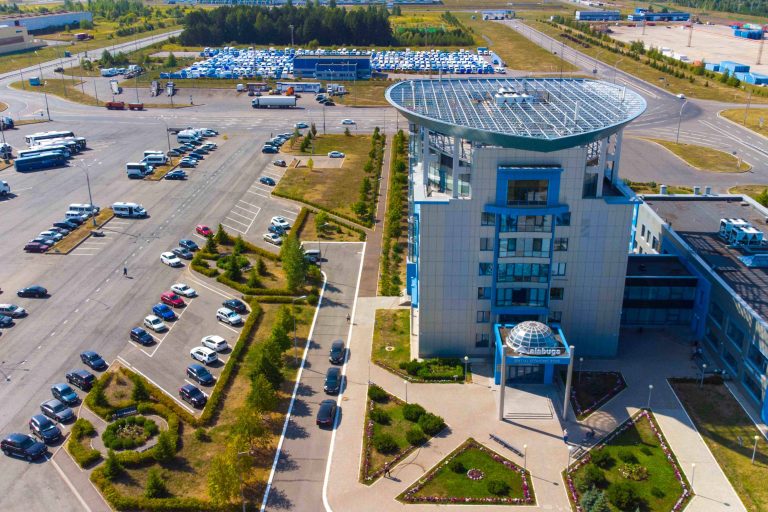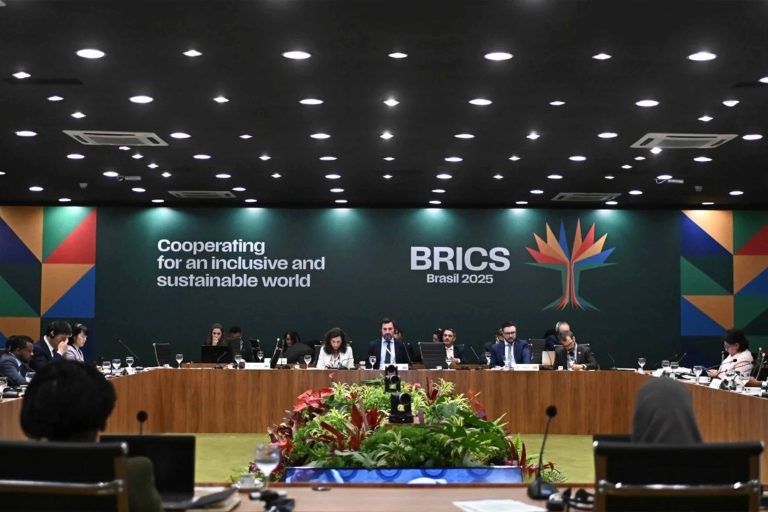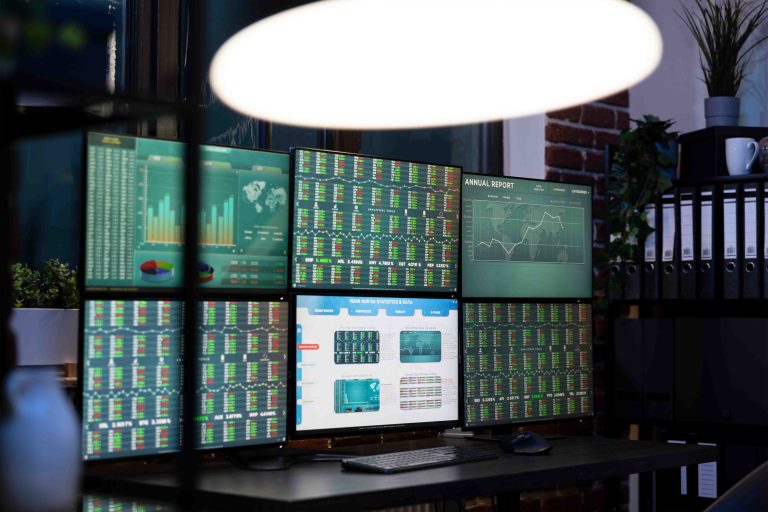Market Dynamics and Food System Transformation in Russia (2020–2025)

The Russian food retail sector has undergone significant transformation between 2020 and 2025, shaped by global disruptions, economic sanctions, and state-driven reforms. Despite periods of volatility, the market has demonstrated notable adaptability and is now on a renewed path of growth. This article explores recent market developments, the rise in domestic production, and Russia’s evolving trade landscape, offering insight into a market that may present attractive prospects for forward-looking investors.
1. Market Dynamics and Recovery
2020–2021: Growth Under Stability
In the immediate wake of the COVID-19 pandemic, Russia’s food retail market expanded steadily. In 2020, the market was valued at approximately $220–230 billion, driven by pandemic-related stockpiling and stable pricing. By 2021, the market rose by 7% to $240–250 billion as consumer spending recovered and inflationary pressures began to emerge.
2022: Contraction Amid Sanctions
The year 2022 marked a sharp market contraction of around 15%, reducing market size to $200–210 billion. This decline was primarily driven by the imposition of Western sanctions, a rapid ruble depreciation, and significant disruptions in logistics. Key imported products saw dramatic price increases: cheese rose by 50%, and bananas by 70%, reflecting limited access to traditional suppliers.
2023–2025: Recovery and Stabilization
By 2023, the market began to recover, reaching $210–220 billion, with projections indicating a return to $230–240 billion by 2025. The recovery has been underpinned by increased domestic production, successful import substitution strategies, and diversified trade relations with countries like Turkey, Iran, and Belarus.
2. Domestic Production and Import Substitution
2020–2022: Strategic Self-Reliance
In response to shifting geopolitical conditions, Russia significantly expanded its domestic food production. By 2022, local products accounted for approximately 75% of the food market. The country achieved full or surplus self-sufficiency in several sectors:
- Vegetable oil: 226.9%
- Fish: 163.7%
- Sugar: 108.5%
- Meat: 100.5%
- Dairy: 85.9%
This marked a sharp pivot from previous years, where the market heavily relied on imports from the EU, China, and Latin America.
2023–2025: Growth and Consolidation
By 2025, domestic production is expected to meet roughly 85% of national food demand. Significant growth is occurring in greenhouse vegetables, grains, and livestock, supported by government incentives and targeted infrastructure investment. Simultaneously, trade realignment has brought in new suppliers: Turkey (meat and vegetables), Iran (dairy), and India (tea and spices), effectively replacing many traditional Western partners.
3. Investment Outlook
The resilience and transformation of the Russian food retail sector position it as a potential opportunity for investment, particularly for stakeholders in neutral or partner countries. The sector’s growth trajectory is reinforced by:
- A mature domestic production base
- Diversified supply channels
- Expansion of modern retail formats and logistics
- Rising consumer purchasing power
Looking forward, the market is forecasted to grow at a compound annual growth rate (CAGR) of 5% between 2025 and 2033, driven by the expansion of retail chains, the boom in online grocery shopping, urbanization, and increasing disposable incomes.
Conclusion
Between 2020 and 2025, Russia’s food retail market proved its ability to withstand major global shocks and emerge more localized, adaptive, and self-reliant. With a clear recovery under way and a projected long-term growth trend, the sector now presents a more stable and potentially lucrative environment for foreign investors. As Russia deepens its economic partnerships outside the Western sphere and enhances its internal production capabilities, the food retail market stands as a vital and investable component of the country’s broader economic strategy.







